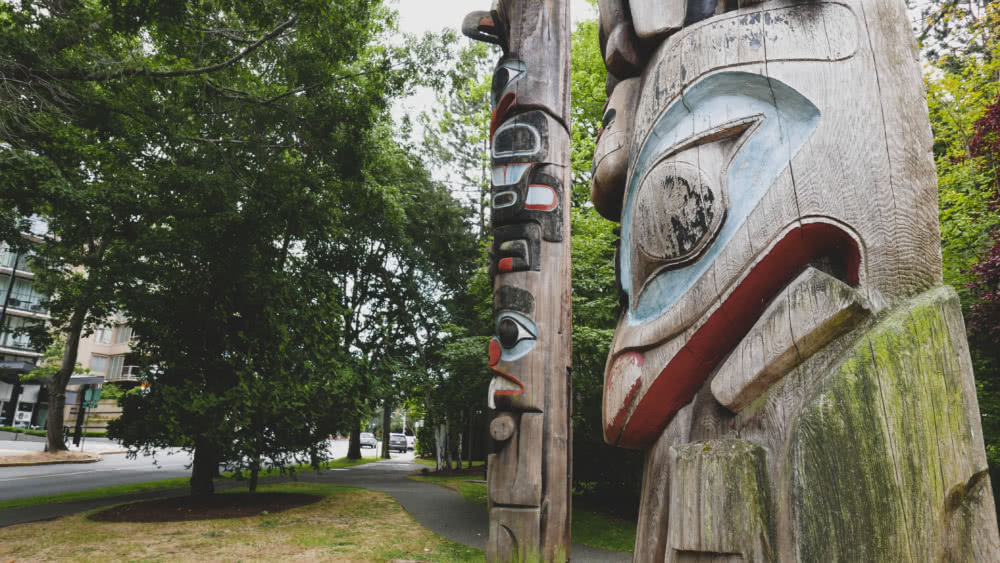Definitions of Homelessness
These definitions of homelessness describe the range of accommodation people without appropriate, stable and permanent housing may experience. Individuals without acceptable housing experience a range of different types of homelessness, from being unsheltered to having housing that is insecure or inappropriate. Homelessness is not one single event or state of being, so it is important to recognize that at different points in time people may find themselves experiencing different types of homelessness.
UNSHELTERED
This includes people who lack and who who are not accessing emergency shelters or accommodation, except during extreme weather conditions. In most cases, people are staying places that are not designed for or fit for human habitation.
EMERGENCY SHELTERED
This refers to people who, because they cannot secure permanent housing, are accessing emergency shelter and system supports, generally provided at no cost or minimal cost to the user. Such accommodation represents a stop-gap institutional response to homelessness provided by government, non-profit, faith based organizations and/or volunteers.
PROVISIONALLY ACCOMMODATED
This describes situations in which people, who are technically homeless and without permanent shelter, access accommodation that offers no prospect of permanence. Those who are provisionally accommodated may be accessing temporary housing provided by government or the non-profit sector, or may have independently made arrangements for short-term accommodation.
AT-RISK OF HOMELESSNESS
Although not technically homeless, this includes individuals or families whose current housing situations are dangerously lacking security or stability, and so are considered to be at-risk of homelessness. They are living in housing that is intended for permanent human habitation, and could potentially be permanent (as opposed to those who are provisionally accommodated). However, as a result of external hardship, poverty, personal crisis, discrimination, a lack of other available and affordable housing, and / or the inappropriateness of their current housing (which may be overcrowded or does not meet public health and safety standards) residents may be “at risk” of homelessness.
